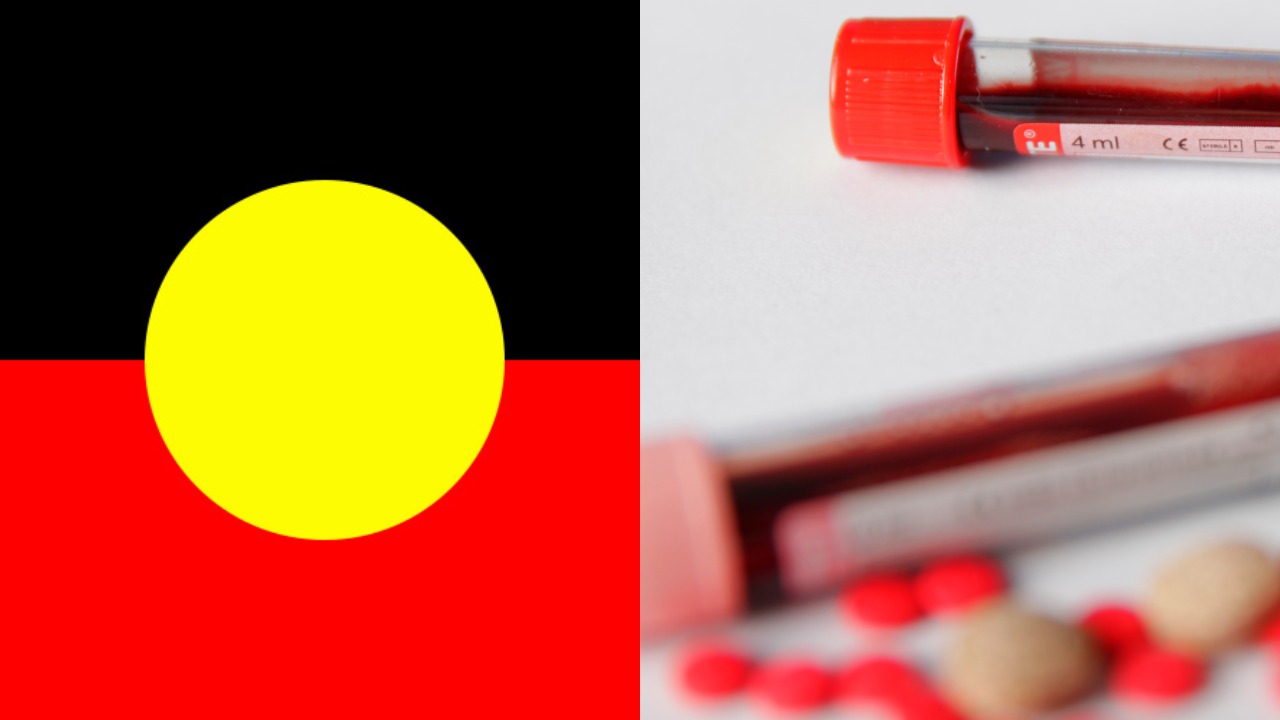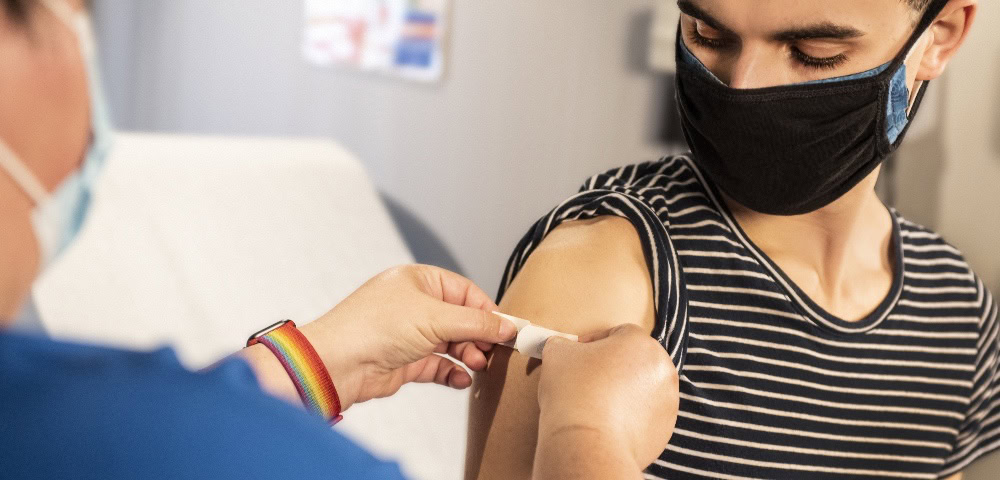
Rates of HIV among Aboriginal men double

THE rates of HIV infections among Aboriginal and Torres Strait Islander men have doubled over the past five years, while the rates of new notifications in non-Indigenous men have remained stable.
The findings were released as part of the University of New South Wales’ Kirby Institute’s annual report on HIV, viral hepatitis and STIs.
According to the report, a total of 1,025 cases of HIV were newly diagnosed in Australia in 2015, including 38 among people who were reported to be Aboriginal or Torres Strait Islander people.
Based on these 38 cases, the age standardised rate of HIV notification among Aboriginal and Torres Strait Islander people was more than double the rate in the Australia-born non-Indigenous population – 6.8 versus 3.1 per 100,000.
A greater proportion of HIV notifications in the Aboriginal and Torres Strait Islander population were attributed to heterosexual sex and intravenous drug use than in non-Indigenous people.
And while the majority of new cases in the non-Aboriginal community are among men who have sex with men, it’s more of an even split in the Aboriginal community between heterosexual people and drug users, and gay men.
The Kirby Institute’s Aboriginal health adviser James Ward said this highlights the need for a strengthened focus on HIV prevention and PrEP.
“These increases highlight the importance of a focus on HIV prevention,” he said.
“This includes harm reduction initiatives such as greater access to clean needles and syringes, and targeted campaigns for the community focused on testing, treatment, and PrEP in this vulnerable population,” he said.
Overall new HIV notifications in Australia have remained stable over the past four years, following a steady increase in 1999.
In light of the expansion of key HIV services in Australia, the report found a 27 per cent increase in the frequency of testing over the past five years and a 45 per cent increase in treatment coverage for those diagnosed with HIV in the past decade.
Over 90 per cent of people living with HIV and taking antiretroviral treatment now have virus levels that are below detection limits, meaning they’re unlikely to transmit HIV to another person.
However, approximately 25 per cent of those diagnosed this year were diagnosed at a later stage, when they’re likely to have had their infection for at least four years without being tested.
Chief Executive of Living Positive Victoria Brent Allan said it’s important to continue working alongside people living with HIV to provide information, services, and support.
“We’re deeply troubled by the lack of sexual health knowledge among young people and call upon governments to implement mandatory, comprehensive, and non-discriminatory sexual health education that can be adapted to any audience,” he said.
“We know that HIV doesn’t discriminate and we need to ensure everyone has access to sexual health education.”
To read the Kirby Institute’s full annual surveillance report on HIV, viral hepatitis, and STIs, click here.









